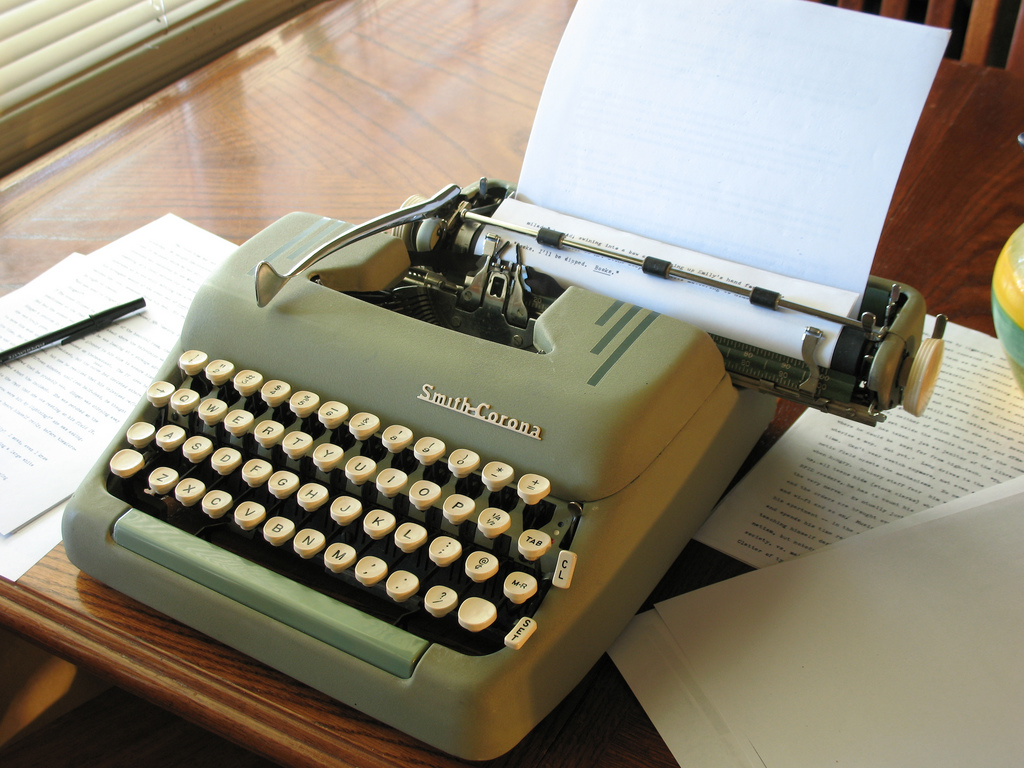
An Essay on Creativity and Craft
About 14 years ago, as a fresh-faced undergraduate, I stumbled across the Tao Te Ching. It’s a classic of the Eastern philosophical canon, and if you haven’t read it, you should. And if my endorsement isn’t enough, consider this: most translations weigh in at fewer than 75 pages. It’s a quick read the first time around, but you will find yourself coming back to it again and again.
One of the themes in the book is one that actually isn’t unique to either it or the Eastern philosophical tradition: things are not what they appear to be. There is a deeper aspect of the reality we swim through — beyond the hollow descriptions that we so clumsily affix to the world we know. So the labels and roles that people self-apply and that others apply to them, are likely not the real story. More interestingly, the instruments we use to do our work — whatever that work may be — are also more than they appear to be.
The Instruments You Use
Consider a pencil. A pencil has a role that has been assigned to it: make marks on surfaces. The other end of it is an eraser. The eraser’s assigned role is to take away marks. Essentially, the roles are for the tip to create and the eraser to destroy. Most people who pick up a pencil use it in this way. But consider what happens when you change the assigned roles. Use the eraser to create white space, and use the white space to make an image.
This isn’t a new idea by any measure — artists have been doing it for years. But someone had to do it first. Someone had to look at the pencil and think perhaps the eraser is not exactly what it seems. More simply, someone had to understand the agreed upon role of an instrument and change it. The destructive became the creative. Things were changed forever.
So what instruments in your life and work are going unexamined? What things are arranged in such a way that you haven’t thought to look at their roles differently? At a higher level, what do you perceive as the role of your work itself?
Think about it: the best creative work is itself an instrument. It is an instrument for change, an instrument to evoke a reaction, to arouse emotions previously hidden —both in persons and in society as a whole. But each piece of work does this in a different way, by tugging on different heartstrings. Which heartstrings are you looking to tug?
Your Work as an Instrument
The work you do does work itself. It works on the thoughts and feelings of those who come into contact with it. The things you create also create. They create new movements and conversations. They stir emotions and animate passions. That all starts with whatever instruments you pick up, and how you choose to use them. This is not limited to music or visual arts.
Words, too, are instruments. The word “clearly” has a different sound, and evokes a different reaction than “unequivocally”. Choosing one over the other makes a difference; it changes the work. It changes how it is perceived, whether or not it persuades, what it moves the reader to do. The syntactical symphony adopts a new, perhaps richer tone as a result of the linguistic instruments you choose to employ.
All this is to say that so much in the creative process is about asking questions, and trying out new and interesting answers to those questions. When the question is what is the role of the instruments I’m using? the new and interesting answer can merely be: whatever the role, I’m going to try changing it.
You might fall flat on your face(and I’m sure it wouldn’t be the first time), or you might just catch a tailwind that pushes you to create that inspiring and innovative piece. You just don’t know until you begin trying things out. But doing that requires courage; it requires openness. In our best moments, we exhibit both of those traits. And the more we can exhibit those traits, the more we can push others to do the same.
We tug some heartstrings. We push some envelopes. We think outside of boxes. And so on. All of that can come just by asking the right questions — by blowing up the right traditions.
It’s Never Done
The truth is, our work as creatives is never done. But don’t take that statement at face value. It doesn’t mean that we need to keep working. It means that we need to be conscious of the fact that the words we write and the images we create never stop working themselves. They never stop impacting others. They never stop inspiring, moving, motivating, infuriating, saddening.
In so many ways, our creations are like children. We do our best to shape them and prepare them to be out in the world, but they have their own spirits that we can only watch take flight. It’s exhilarating, but it’s also frightening. It’s empowering, but it’s also eviscerating. It is the only way I would choose it to be.
